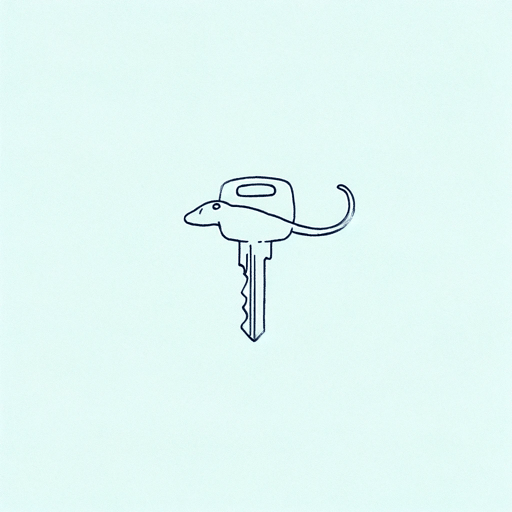69 pages • 2 hours read
Gordon KormanThe Juvie Three
Fiction | Novel | YA | Published in 2008A modern alternative to SparkNotes and CliffsNotes, SuperSummary offers high-quality Study Guides with detailed chapter summaries and analysis of major themes, characters, and more. For select classroom titles, we also provide Teaching Guides with discussion and quiz questions to prompt student engagement.
Before Reading
Reading Context
Use these questions or activities to help gauge students’ familiarity with and spark their interest in the context of the work, giving them an entry point into the text itself.
Short Answer
1. The term “juvie” refers to juvenile detention centers. Why would a person be sent to “juvie," and which age range of people are in these centers? How would attending one of these institutions impact a person’s life?
Teaching Suggestion: This Short Answer question invites students to consider their prior knowledge of young people who commit criminal offenses and the youth detention center system in the US. Although there is a plethora of information and data regarding the effect of juvenile incarceration on youth in the US, the main takeaway is that juvenile detention centers have had significant negative effects on incarcerated adolescents’ overall well-being. Korman’s novel explores these themes with difficult detention center conditions, harsh treatment, and the general negative perceptions that at-risk youth experience as they transition from the juvenile detention system. Ultimately, Korman’s characters of Arjay, Gecko, and Terence exemplify the fact that for at-risk youth, The Future Is Not Reliant on the Past.
- This resource from the Annie E. Casey Foundation explores the definition, purpose, and effect of juvenile detention centers.
Related Titles
By Gordon Korman

Born to Rock
Gordon Korman

Chasing the Falconers
Gordon Korman
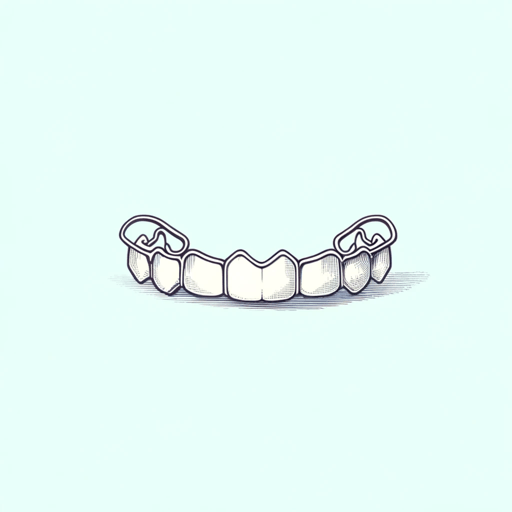
Framed
Gordon Korman

Jake, Reinvented
Gordon Korman

Linked
Gordon Korman
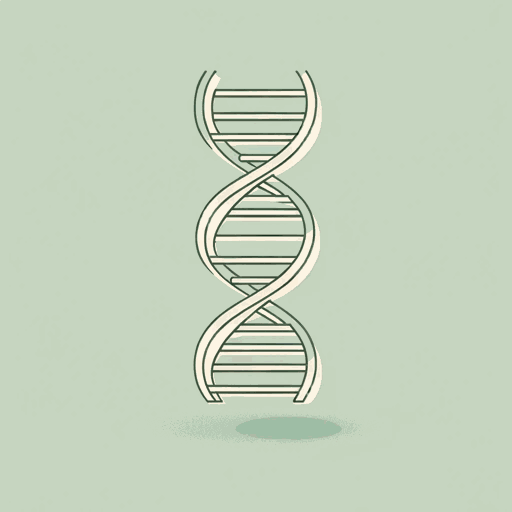
Masterminds
Gordon Korman

No More Dead Dogs
Gordon Korman
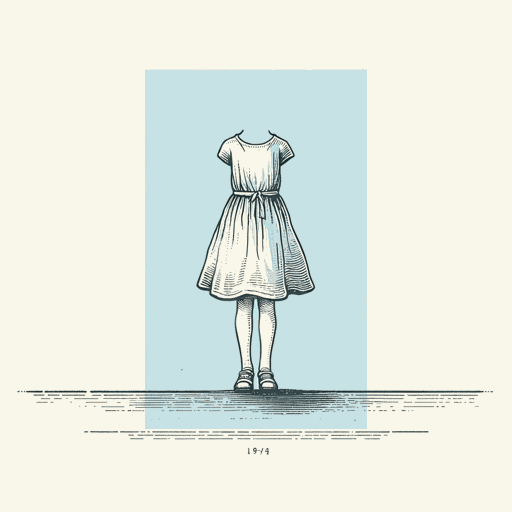
Restart
Gordon Korman
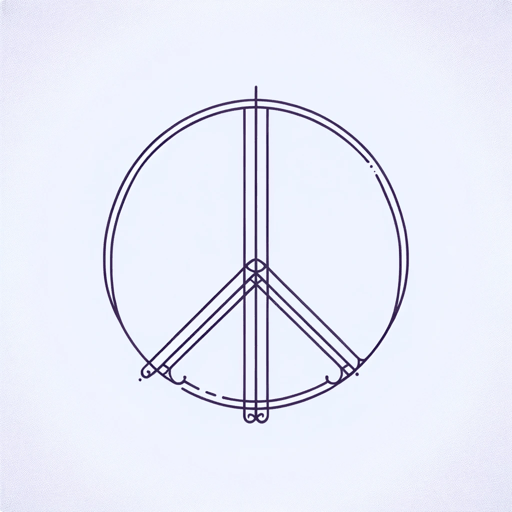
Schooled
Gordon Korman
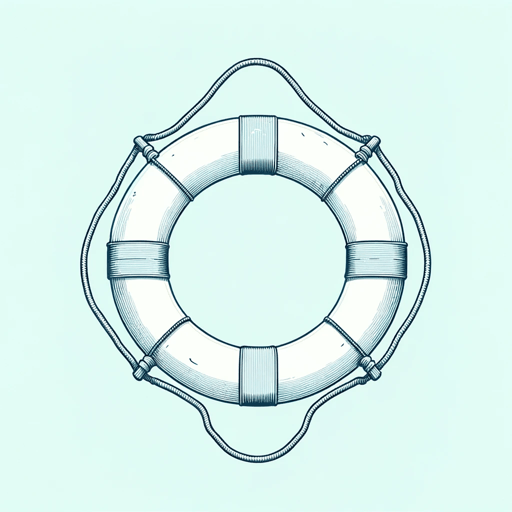
Shipwreck
Gordon Korman
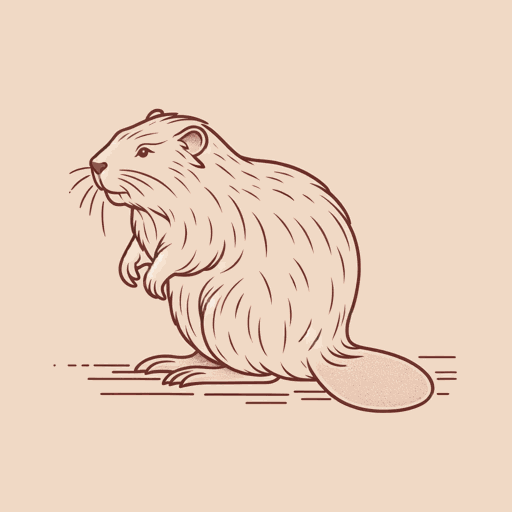
Slacker
Gordon Korman

Son Of The Mob
Gordon Korman
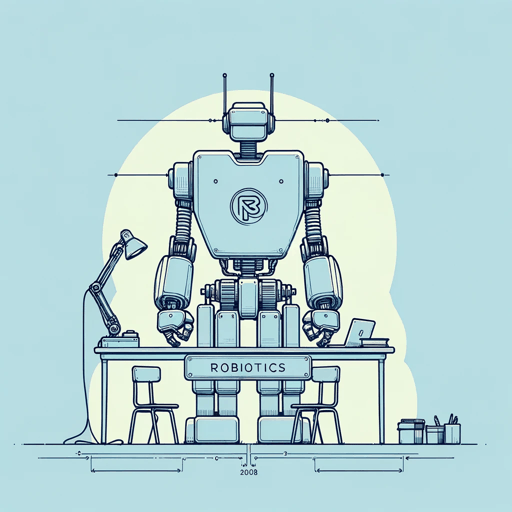
Supergifted
Gordon Korman
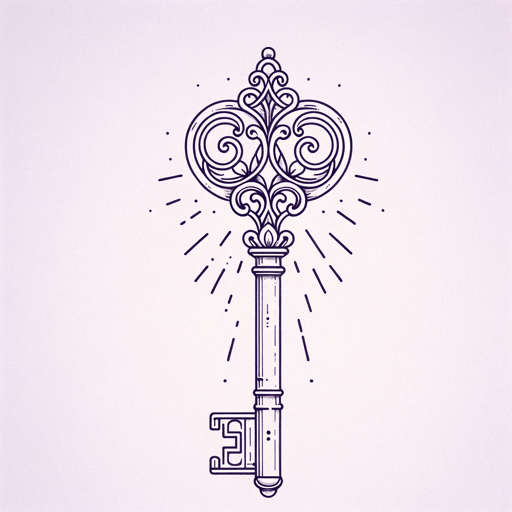
Swindle
Gordon Korman
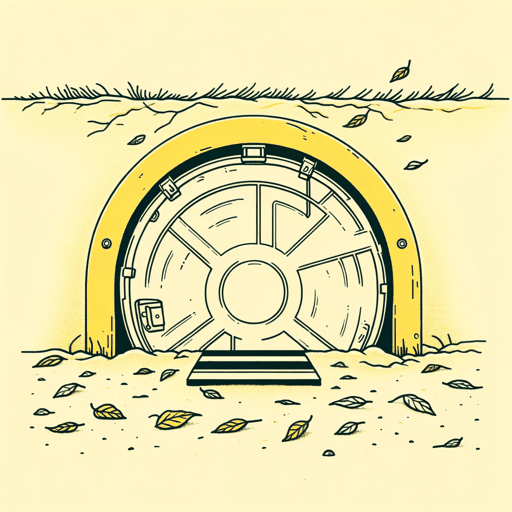
The Fort
Gordon Korman

The Toilet Paper Tigers
Gordon Korman
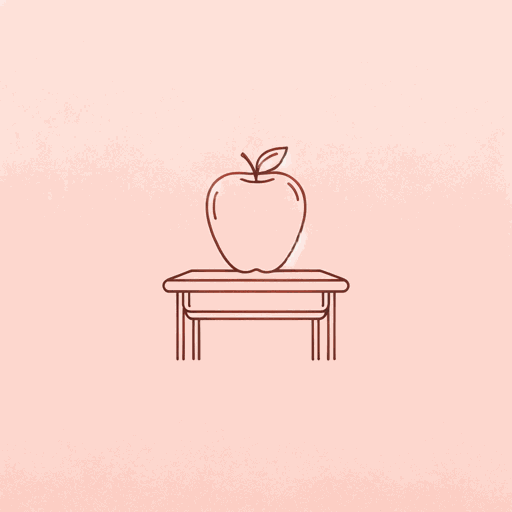
The Unteachables
Gordon Korman
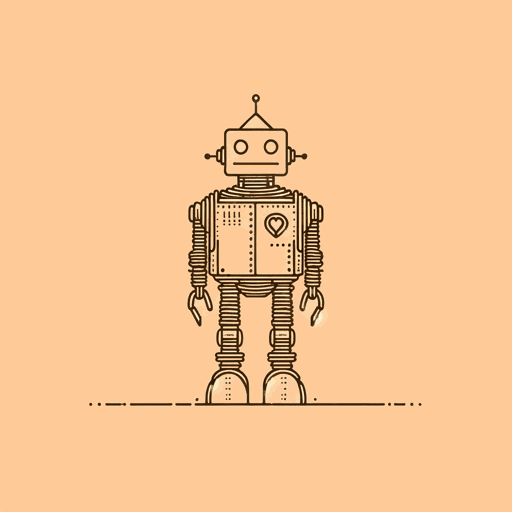
Ungifted
Gordon Korman
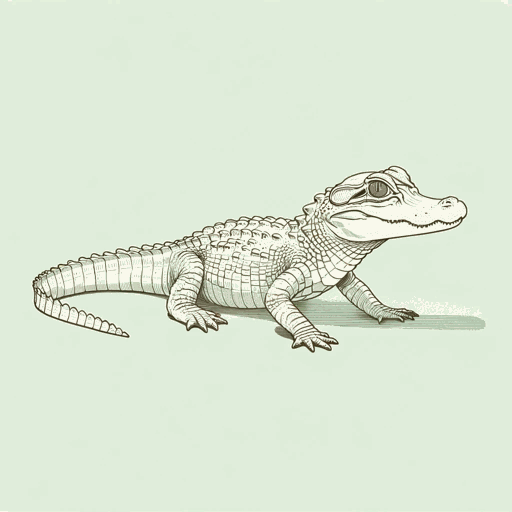
Unplugged
Gordon Korman
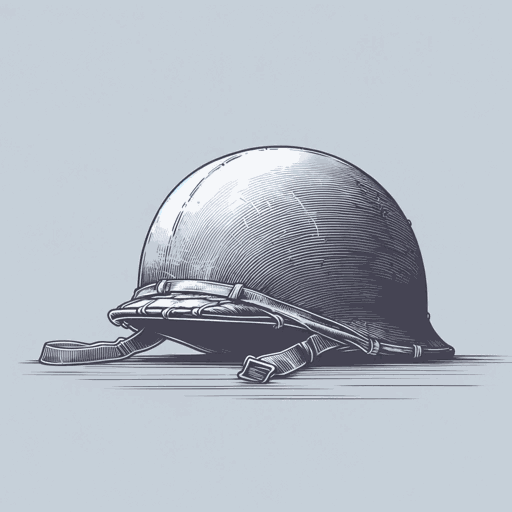
War Stories
Gordon Korman
